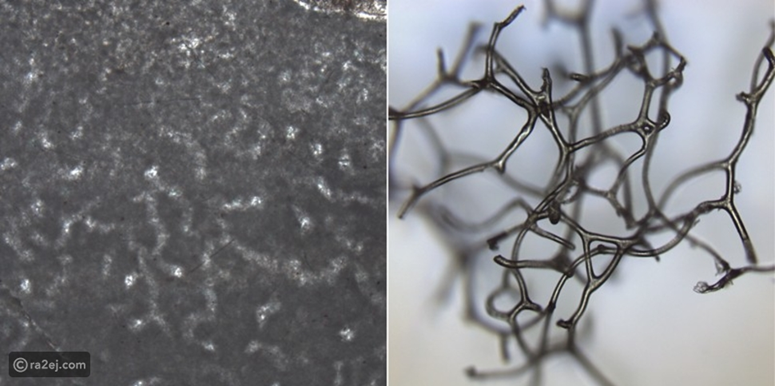The discovery of the oldest animal on Earth: 890 million years old

A fossil discovered in northwestern Canada could rewrite the early history of animal life, but some paleontologists argue and are not convinced it is real.
The oldest animal on Earth
Most major groups of animals including arthropods, molluscs, and worms first appear in the fossil record during the Cambrian Explosion, 541 million years ago. But according to a paper published in Nature1, fossils of sponges from northwest Canada could be about 350 million years older, making them even older. known animals on Earth.

The ancient discovery has sparked controversy among paleontologists, who have long argued about when complex animal life first evolved. Traditional animal history has been around for a long time, which means there is a history of animals that has not been well preserved."
Controversy over the discovery of Earth's oldest animals
However, some scientists are not convinced that the microscopic patterns in the 890-million-year-old Turner fossils indicate ancient sponge fossils, given the evidence presented in the study. Rachel Wood, a geologist at the University of Edinburgh in the UK and researcher of fossil reefs, expressed: "It's a big claim that you really have to take out all the other possibilities, microbes for example, producing weird and wonderful shapes."
Sometimes the crystals also grow in a way that resembles patterns formed by living things, she says, meaning the rock samples Turner found may not have been fossils at all.
Turner says that any of the known reef-building organisms that existed 890 million years ago, such as cyanobacteria or algae, could explain the complex structures in her samples. She collected the purported fossils from ancient microbial reefs preserved in the rocks of Canada's remote Northwest Territories. Starting with her graduate studies in the 1990s.
When Turner examined slices of rock under a microscope, she saw branching networks of crystalline tubes and later realized that these structures resembled the internal scaffolding of modern horny sponges and were consistent with the expected decomposition and ossification patterns of sponges—a collagen protein that makes up their scaffolding. “These rocks are beautiful, but no,” Turner said. You expect to find something complicated or strange in them."
Ancient history of animal life
Turner felt confident publishing her results until the last few years, when she saw studies describing similar structures in rocks much younger than when sponges were known to exist, but these studies are also disputed on the grounds that they may not be true sponge fossils.

If the Turner structures prove to be sponge fossils, says UCLA geologist David Gold, “that would be very interesting and help us clarify the early story of animal evolution. fossils, but it is difficult to support them with other evidence.
For example, he and other researchers supported 3 fossil claims by pointing to rock samples that contained traces of biological molecules associated with sponges and unfortunately, due to their age and speciesrock samplesIn Turner's study, this kind of preservation is not possible.
It's not inconceivable that sponges may have predated the Cambrian Explosion, says Phoebe Cohen, a geologist at Williams College in Williamstown, Massachusetts, as scientists estimate how long ago the ancestors of living animal groups diverged using "molecular clocks," which measure the rate of mutations in organisms. DNA and proteins over time.

The majority of these estimates suggest that the last common ancestor of all animals alive today evolved before the Cambrian Explosion but not by 350 million years ago. Still, Cohen says she can be convinced Turner's samples are sponge fossils if she sees more evidence, including Including studies on how corneal sponges fossilize.
The science community is dividedfossilsabout whether the paucity of animal fossils from the Precambrian period is because organisms that lived at that time rarely survived as fossils to the present day or because molecular clock estimates of animal origins are wrong.
If the ancestors of modern sponges were indeed alive 890 million years ago, that means that early animals survived in extremely difficult conditions for life, such as extremely low levels of oxygen and periods ofthe snowOn Earth during which almost the entire surface of the planet froze.
Turner argued that sponges could survive the low-oxygen environment by living in cavities and crevices in coral reefs next to photosynthetic cyanobacteria, which release oxygen, and that sponges may also feed on organic sediment produced by the bacteria.
Source : websites

